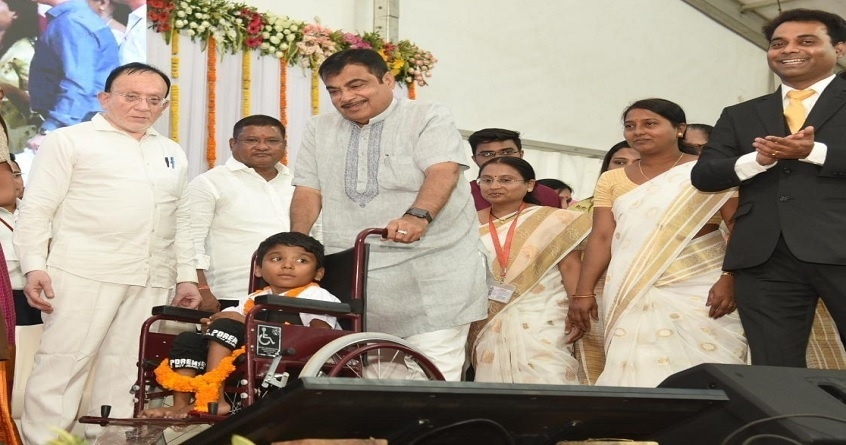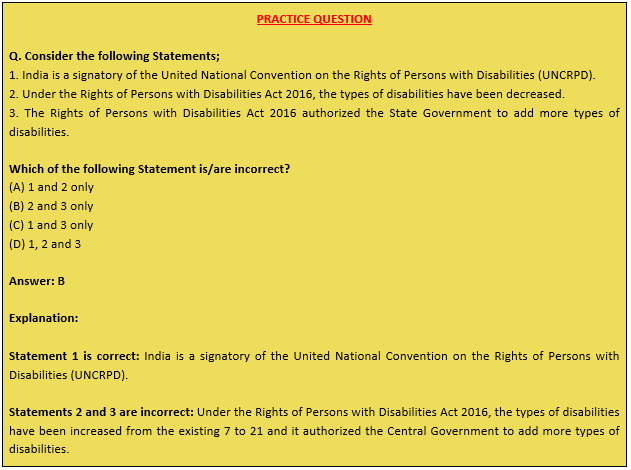Free Courses Sale ends Soon, Get It Now


Free Courses Sale ends Soon, Get It Now



Copyright infringement not intended
Context
Rights of Persons with Disabilities Act, 2016
Disability in India
Must Read: https://iasgyan.in/daily-current-affairs/accessibility-standards

https://www.pib.gov.in/PressReleasePage.aspx?PRID=1900746
© 2024 iasgyan. All right reserved